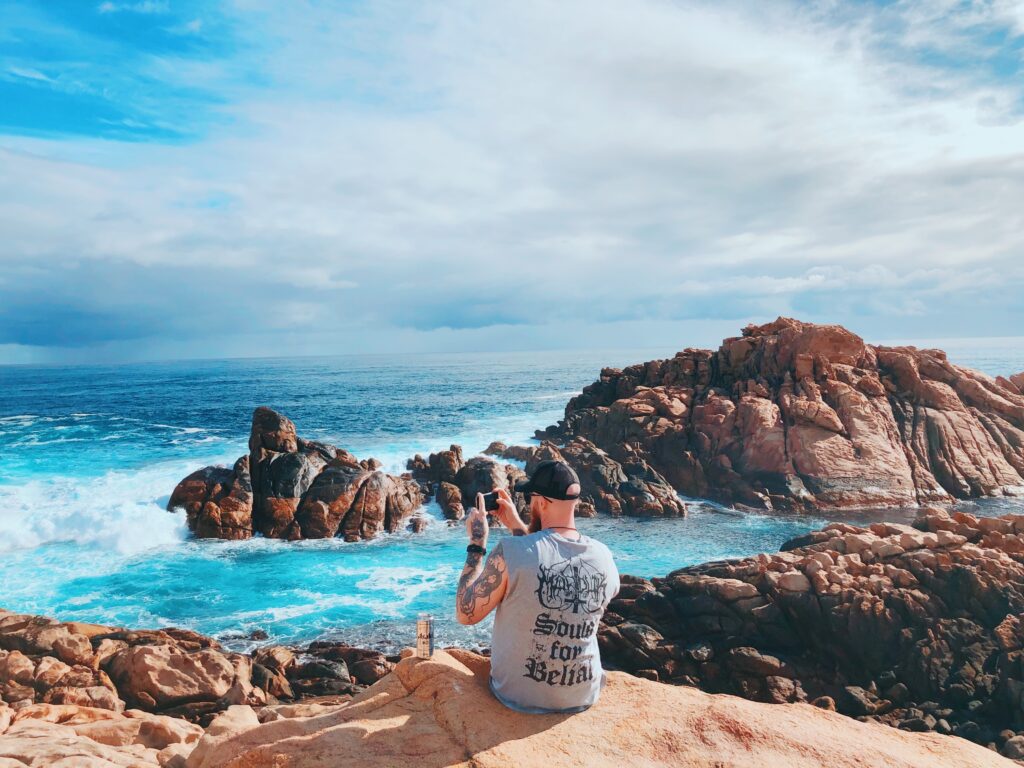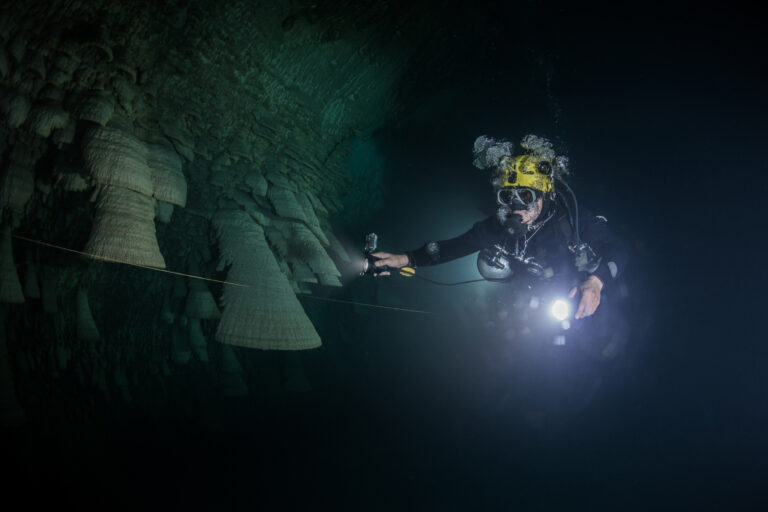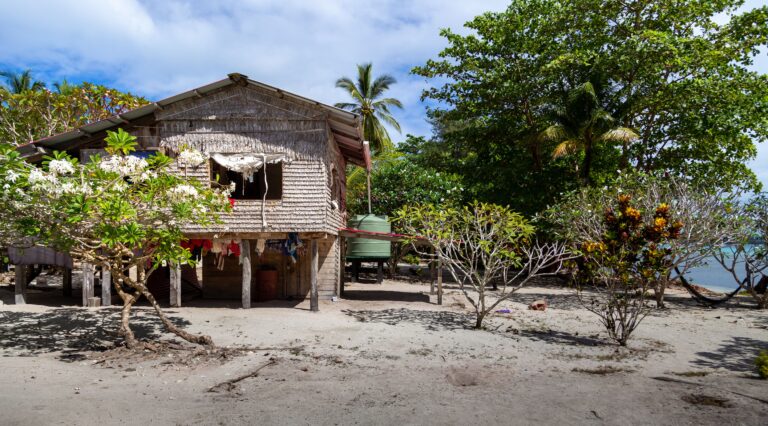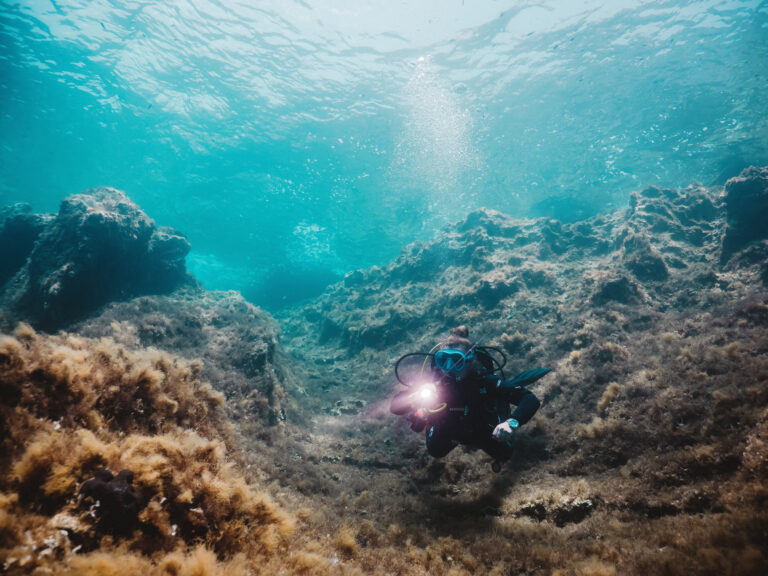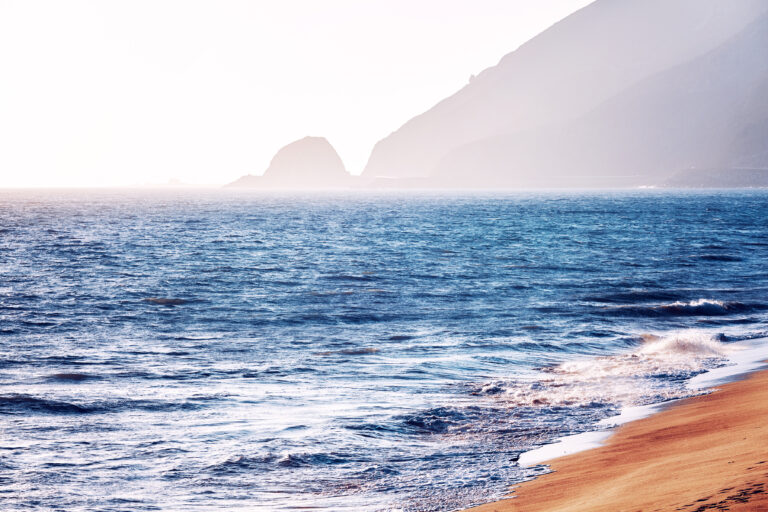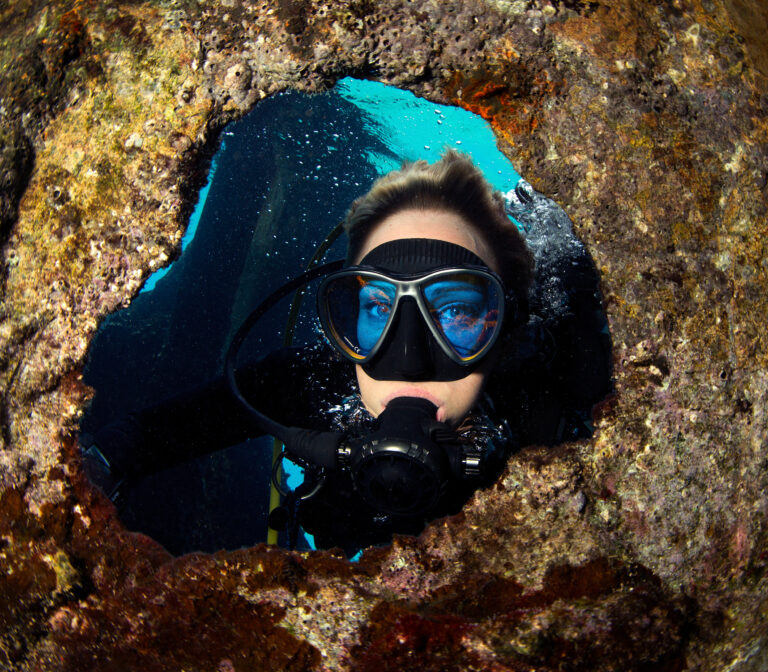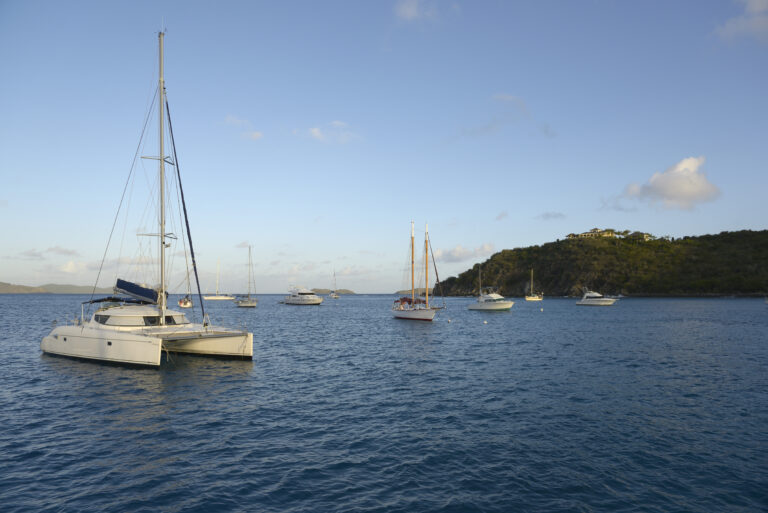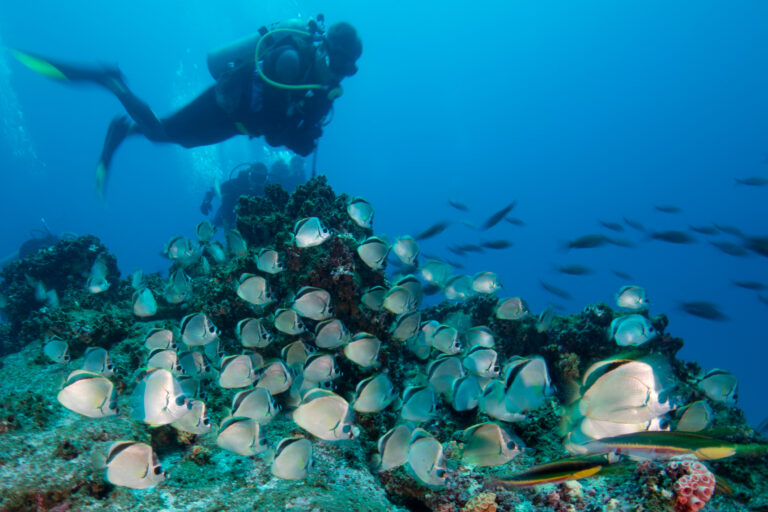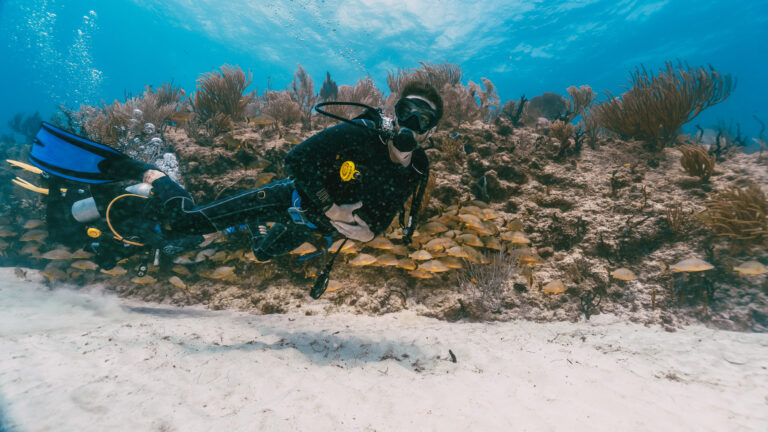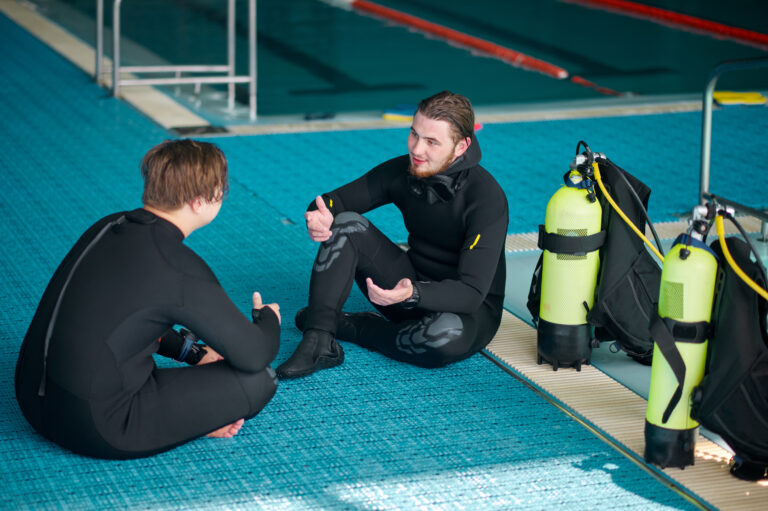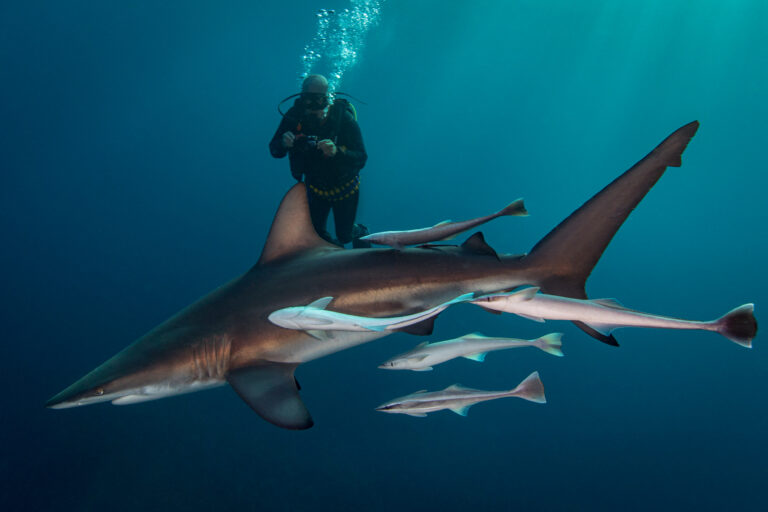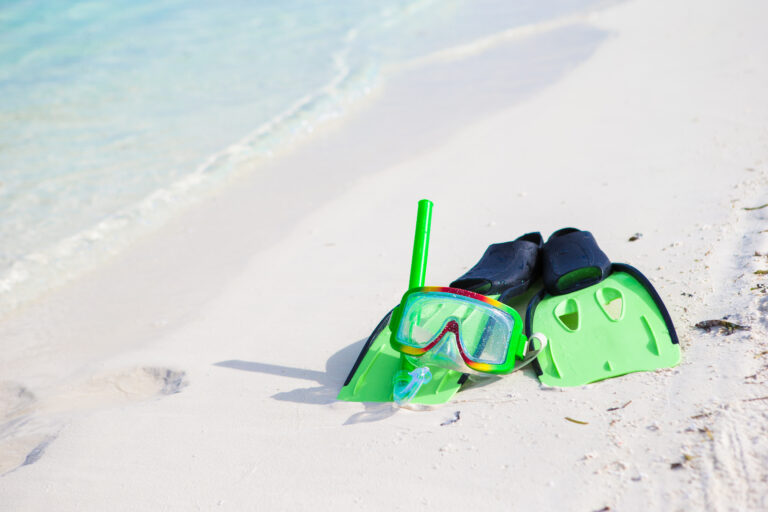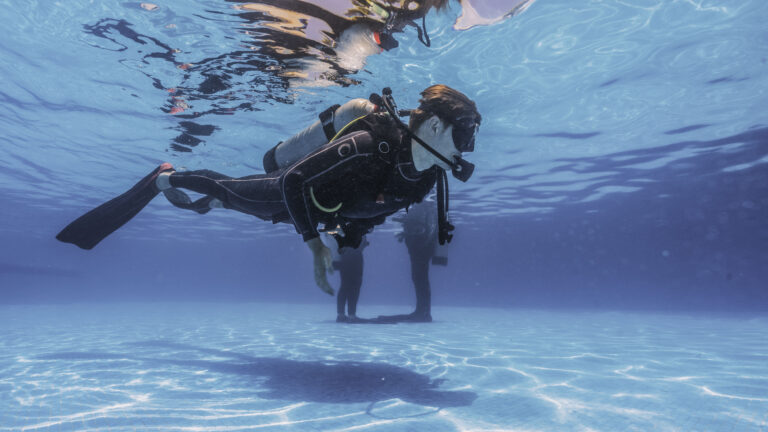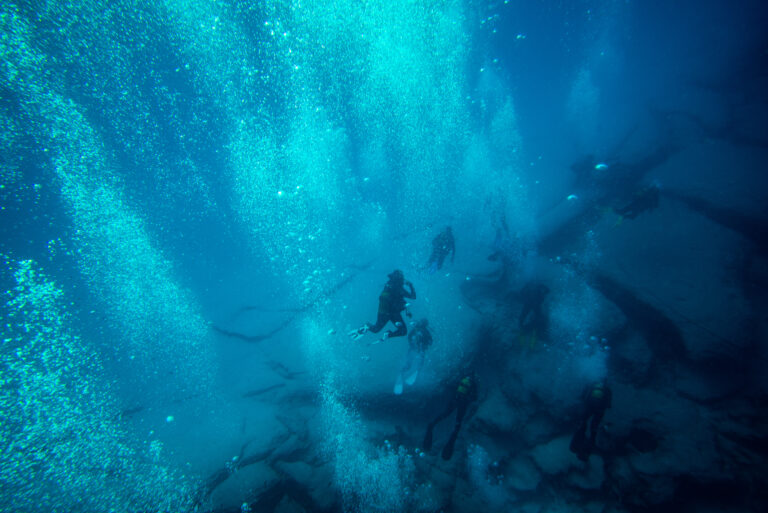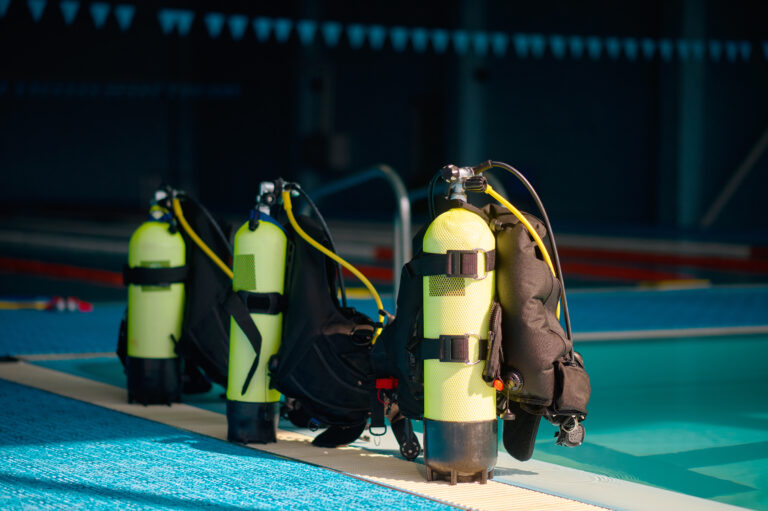SCUBA DIVERS’ TRAVEL GUIDE TO Australia
Australia is a dream destination for scuba divers of all levels and interests. Whether you want to explore the world-famous Great Barrier Reef, dive with sharks and rays in the temperate waters of South Australia, or discover the rich marine biodiversity of Western Australia, you will find something to suit your taste and budget. Australia offers a variety of diving experiences, from coral reefs and wrecks to caves and kelp forests. You can also enjoy the stunning scenery, wildlife, and culture of this diverse and friendly country. Australia is a place where you can dive all year round, with different seasons offering different attractions. No matter when you visit, you will be amazed by the beauty and adventure of diving in Australia.
LOCATION AND GEOGRAPHY
Australia, the world’s smallest continent and largest island, is a diver’s paradise, boasting an extensive coastline that stretches over 59,000 kilometers and is washed by the waters of the Indian, Pacific, and Southern Oceans. The country’s diverse underwater landscapes are as varied as its terrestrial geography, ranging from the tropical splendor of the Great Barrier Reef in Queensland—the world’s largest coral reef system—to the temperate southern waters of Tasmania, home to kelp forests and unique marine life. Off the west coast, Ningaloo Reef offers a more secluded but equally spectacular experience, with opportunities to swim alongside whale sharks. The continent’s continental shelf drops off close to the shore in many places, providing access to deep-sea environments and shipwrecks. With a multitude of islands, including the remote Coral Sea Islands, Australia’s scuba diving locations are as unique and varied as the country itself, offering a world of underwater exploration for divers of all levels.
VISA AND ENTRY REQUIREMENTS
Before embarking on your underwater adventure to Australia’s world-renowned dive sites, such as the Great Barrier Reef or the Ningaloo Coast, it is crucial to ensure you have the correct visa and entry requirements in place. Most visitors will need to obtain a visa prior to arrival, with options including the Electronic Travel Authority (ETA), eVisitor visa, or a Visitor visa, depending on your nationality. The ETA and eVisitor visas are typically valid for stays of up to three months and can be applied for online. Ensure your passport is valid for at least six months beyond your intended stay, and keep in mind that Australia has strict biosecurity measures to protect its unique ecosystem, so be prepared to declare all outdoor and diving equipment upon entry. Always check the latest information from the Australian Department of Home Affairs, as visa policies and entry requirements can change.
GETTING TO Australia
Getting to Australia for an unforgettable scuba diving adventure is a journey that will take you to the land down under, where the Indian and Pacific Oceans meet to create a diver’s paradise. Major international airlines offer flights to Australia’s key gateway cities such as Sydney, Melbourne, Brisbane, and Perth, with Sydney being the most frequented destination for international travelers. Upon arrival, domestic flights, ferries, and well-maintained roads make it easy to reach iconic diving spots like the Great Barrier Reef off the coast of Queensland, the Ningaloo Reef in Western Australia, or the temperate waters of Tasmania. For those traveling from afar, it’s worth noting that Australia’s remote location often requires long-haul flights, possibly with layovers, so be sure to plan your travel itinerary with comfort and connection times in mind. Once you’ve landed, the country’s robust tourism infrastructure and friendly locals will help ensure that the final leg of your journey to the underwater wonders is as smooth as the calm surface of a coral atoll lagoon.
BEST TIME TO DIVE
Australia’s vast coastline offers a spectacular array of scuba diving experiences, with conditions varying greatly across this immense country. Generally, the best time to dive in Australia depends on the specific region you plan to visit. For the iconic Great Barrier Reef, the optimal diving season is from June to October, when visibility is at its best and the water temperatures are comfortable. During these months, the risk of stingers, such as box jellyfish, is also lower. Southern regions like Victoria and Tasmania are best dived in the summer months, from December to March, to take advantage of warmer waters. Meanwhile, the Ningaloo Reef on the west coast has its peak season between March and July, coinciding with the whale shark migration. It’s important to consider local weather patterns, marine life migrations, and water temperatures when planning your dive trip to Australia, ensuring you hit the underwater highlights at the best possible time.
ACCOMMODATION OPTIONS
Australia’s scuba diving destinations offer a wide array of accommodation options to suit every diver’s preference and budget. From the tropical north to the temperate south, you can choose from luxurious island resorts on the Great Barrier Reef, such as those on Heron or Lizard Island, where you can roll out of bed and onto the dive boat. Coastal towns like Cairns, Port Douglas, and Airlie Beach provide a range of hotels, hostels, and holiday apartments that cater to both the budget-conscious and those seeking a bit more comfort. For those venturing to remote dive sites like Ningaloo Reef in Western Australia, eco-friendly lodges and beachside campsites offer immersive experiences. Liveaboard boats are another popular option, especially for those looking to maximize their time underwater at world-renowned sites like the Coral Sea. No matter where you dive in Australia, you’ll find accommodation that allows you to relax and recharge after a day exploring the underwater wonders.
DIVE OPERATORS AND DIVE SHOPS
Australia’s vast coastline is dotted with an impressive array of dive operators and shops, catering to divers of all skill levels and preferences. From the world-renowned Great Barrier Reef in Queensland to the temperate waters of South Australia’s Neptune Islands, Australian dive businesses are known for their high standards of safety, environmental stewardship, and customer service. Many of these operators offer PADI, SSI, or NAUI certified courses, ranging from beginner to professional levels, as well as guided dive tours that showcase the country’s diverse marine life and underwater landscapes. Dive shops are typically well-equipped, providing gear rental, tank refills, and often times repair services. They also serve as hubs of local dive knowledge, offering insights into the best dive sites, current conditions, and even arranging permits for protected marine areas. Whether you’re looking to explore the vibrant coral gardens, swim with dwarf minke whales, or dive with the ocean’s apex predators, Australia’s dive operators and shops are your gateway to an unforgettable underwater adventure.
TRANSPORTATION WITHIN Australia
Australia’s vastness and the spread of its prime scuba diving locations necessitate careful consideration of transportation options within the country. For divers aiming to explore the iconic Great Barrier Reef, Cairns serves as a primary gateway, with frequent flights from major cities like Sydney, Melbourne, and Brisbane, and a range of boat charters available to reach the outer reef. Similarly, to access the Ningaloo Reef in Western Australia, flights to Perth followed by a domestic connection to Exmouth or Coral Bay are the norm, with car rentals offering flexibility for coastal exploration. For those venturing to more remote dive sites like Rowley Shoals, liveaboard boats are often the only means of access, departing from Broome. Within urban areas, public transport systems are reliable, but for the ultimate freedom to explore dive sites at your own pace, hiring a car or campervan is a popular choice. Always remember to check local regulations and permits required for dive site access, as Australia is keen on protecting its marine ecosystems.
CURRENCY AND PAYMENT METHODS
In Australia, the official currency is the Australian Dollar (AUD), which comes in denominations of 5, 10, 20, 50, and 100 dollar notes, as well as coins for smaller amounts. When embarking on a scuba diving adventure down under, it’s essential to have some local currency on hand for incidental expenses, as some remote dive sites or local operators may not accept credit cards. However, in urban centers and popular tourist destinations, credit and debit cards, particularly Visa and MasterCard, are widely accepted, and ATMs are readily available. Contactless payments and mobile payment services like Apple Pay and Google Wallet are also increasingly common. It’s advisable to inform your bank of your travel plans to avoid any potential issues with international transactions. Additionally, while tipping is not as customary in Australia as it is in other countries, it is always appreciated for exceptional service, so keeping a small amount of cash for gratuities can be a good idea. Remember to check the exchange rate and consider any foreign transaction fees that may apply when using cards or withdrawing cash.
LANGUAGE AND COMMUNICATION
When diving in Australia, English is the primary language used for communication both above and below the water. Dive operators, instructors, and safety briefings will typically be conducted in English, and it is advisable for divers to have a good understanding of English to fully comprehend the instructions and safety information provided. However, due to Australia’s popularity as a global diving destination, many dive shops and liveaboards are accustomed to an international clientele and may offer services in other languages or have multilingual staff. Underwater, divers communicate using standardized hand signals, which transcend language barriers and are universally recognized in the diving community. It’s important for divers to be familiar with these signals to ensure clear and effective communication with their dive buddies and guides during their underwater adventures on Australia’s vibrant reefs and intriguing wreck sites.
LOCAL CULTURE AND ATTRACTIONS
Australia’s scuba diving allure is complemented by a rich tapestry of local culture and attractions that beckon exploration above the water’s surface. The continent’s indigenous heritage can be experienced through the captivating stories, art, and music of Aboriginal and Torres Strait Islander peoples, offering a profound connection to the land and sea. In cosmopolitan cities like Sydney and Melbourne, visitors can immerse themselves in a vibrant arts scene, bustling markets, and a world-class culinary landscape influenced by a mosaic of cultures. The iconic Sydney Opera House and the Great Ocean Road’s Twelve Apostles stand as testaments to natural and man-made marvels, while the laid-back coastal towns and the rugged Outback provide a stark contrast to the underwater wonders. From the wine regions of South Australia to the tropical rainforests of Queensland, each locale presents unique festivals, historical sites, and local customs, ensuring that the time spent on terra firma is as enriching as the time spent diving in Australia’s aquatic paradises.
CULTURAL ETIQUETTE AND TIPS
When scuba diving in Australia, it’s important to approach the experience with a sense of cultural respect and environmental stewardship. Australians are known for their laid-back, friendly demeanor, but they take the protection of their natural wonders seriously. Always listen to and follow the guidelines provided by your dive operators, as they are in place to preserve the delicate ecosystems of sites like the Great Barrier Reef. It’s customary to engage in friendly conversation with your fellow divers and crew, and sharing stories of your underwater adventures is a great way to connect. Be mindful of local customs and regulations, such as those prohibiting the removal of coral or the touching of marine life, and remember that a polite “thanks” goes a long way. Tipping is not mandatory in Australia, but it is appreciated for exceptional service. Lastly, be sure to acknowledge the traditional owners of the land and sea, as many dive sites are of cultural significance to Indigenous Australian communities.
LOCAL LAWS AND REGULATIONS RELEVANT TO TOURISTS
When planning a scuba diving trip to Australia, it’s crucial to familiarize yourself with local laws and regulations to ensure a safe and lawful experience. Australia is renowned for its strict environmental policies, designed to protect its unique marine ecosystems. Divers must adhere to the rules set by the Great Barrier Reef Marine Park Authority if visiting this World Heritage site, which includes no-touching rules for coral and marine life, and restrictions on fishing and collecting. Permits are required for certain activities, and there are limits on the number of visitors to sensitive areas. Additionally, all divers must be certified by a recognized organization, and it’s illegal to dive alone. Each state may have specific regulations, such as those in Western Australia where you must display a dive flag when diving from a boat. Penalties for non-compliance can be severe, including hefty fines or even prosecution, so it’s essential to stay informed and respect the local regulations to help preserve Australia’s aquatic treasures for future generations.
SAFETY TIPS AND EMERGENCY CONTACTS
When diving in Australia’s diverse underwater landscapes, safety is paramount. Always dive within your certification limits and ensure you’re familiar with local conditions such as currents, tides, and visibility. It’s crucial to check your equipment thoroughly before each dive and to dive with a buddy. Be aware of potentially dangerous marine life, such as jellyfish and sharks, and know how to minimize risks. Stay hydrated, avoid alcohol before diving, and be vigilant about the onset of decompression sickness. In case of an emergency, it’s essential to have a plan in place. Make sure you know the location of the nearest recompression chamber and have access to emergency services. For immediate assistance, dial Triple Zero (000) for an ambulance in Australia, or use the international emergency number 112 from a mobile phone. The Divers Alert Network (DAN) Asia-Pacific, which can be reached at +61-3-9886-9166, is also a vital resource for divers, offering evacuation assistance and medical advice. Always carry your dive insurance and emergency contact information with you, and inform someone on land of your dive plan and expected return time.
HEALTH AND TRAVEL INSURANCE
When planning your scuba diving adventure in Australia, a country renowned for its stunning underwater ecosystems like the Great Barrier Reef, it’s crucial to consider health and travel insurance that covers scuba diving activities. Australia’s remote dive sites and the inherent risks associated with diving necessitate comprehensive insurance that includes coverage for hyperbaric treatment, medical evacuations, and repatriation. Ensure that your policy explicitly covers scuba diving, as some standard travel insurances exclude adventure sports or have depth limitations. It’s also wise to check if your insurance provides direct payment to facilities, as medical care in Australia can be expensive, and upfront payment is often required. Additionally, verify that your insurance is accepted by the dive operators and medical facilities in the regions you plan to visit. Investing in a specialized dive insurance, such as those offered by DAN (Divers Alert Network) or other dive-specific insurers, can provide peace of mind, allowing you to fully immerse yourself in the breathtaking underwater experiences that await in Australia.

